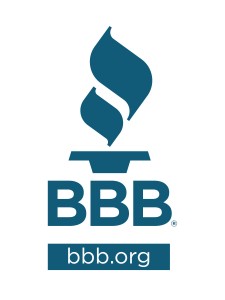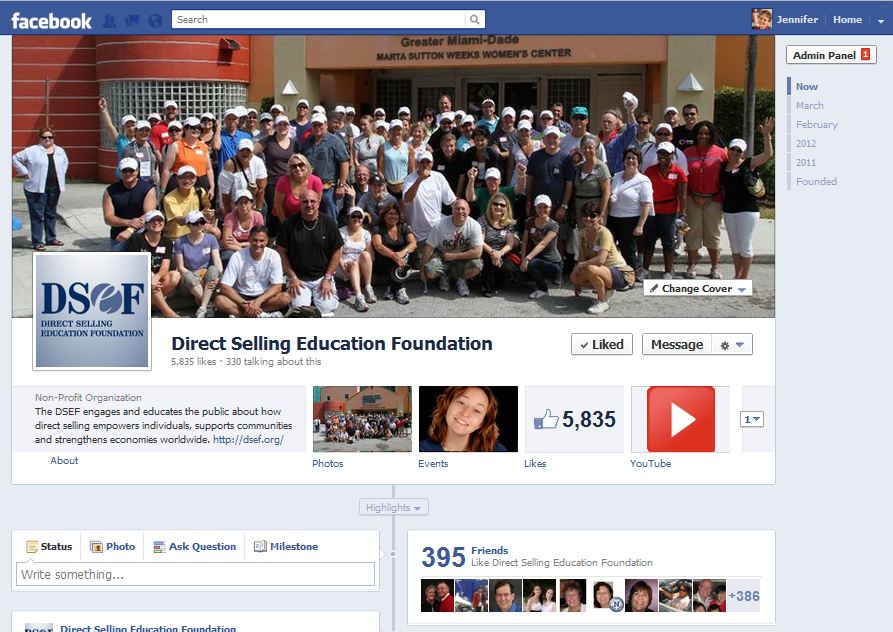 Today’s highlighted blog post from the Council on Better Business Bureaus (CBBB):
Today’s highlighted blog post from the Council on Better Business Bureaus (CBBB):
Watch Your Event Explode When You Use These Three Promotion Paths
By Lance Trebesch
TicketPrinting.com and TicketRiver.com’s global customers do such a great job promoting and hosting their events we thought we would share some of their most powerful tips with you.
Today, advertising is a multi-tiered task. Modern event planners need to use all the tools available. After all, you can’t sell tickets if no one knows you have tickets for sale.
Word of Mouth: Before you go viral, go verbal!
- The Australian music and events PR company Pretty Like Money wanted to sell event tickets to “uni students and urban music lovers” for their recent Hip Hop Halloween. They spread the word that their event would be “a different scene.” Those in search of novelty couldn’t help but get excited about a unique event in the area.
- In America, Denise Johnson, who coordinated the Alex Johnson Memorial Concert, told us never to overestimate the value of word-of-mouth advertising. She found that she could sell more tickets “one-on-one” than she could through paid advertisements.
Traditional Media: There’s still room for print in a visually- jumbled world.
- The Swanage and Purbeck Hospitality Association in the UK wanted to promote their village with a comedy festival and our print products helped them spread the word in the area: They used “professional flyers printed and circulated locally plus posters and roadside banners.”
- In Australia, the Professional Women’s Wrestling Alliance also drums up interest in upcoming matches with printed material. Besides hanging posters, they “hand out fliers to draw the initial attention of the local surrounding areas to where we will be holding events,” combining word-of-mouth with print advertising.
Online Promotions: Share content on your sites and on those of others.
- Written or videotaped interviews uploaded to allied sites or YouTube work before and after the event. According to UK band Bombskare, “Social media works best,” for spreading the news to their plugged-in fans. They also use QR codes to help bridge the gap from one type of media to another.
- David Reynolds of Blue Heron Productions in the U.S. understands that not everyone has the know-how to jumpstart an online campaign. That’s why he encourages the musicians he promotes to help him out: “The younger bands see the benefit of Internet marketing and are generally better at it.” Since his advertising budget is limited, he loves this low-cost, high-tech option for promoting acoustic music.
So use these tips to get the word out, get folks through the door, and watch your event attendance explode!
DSEF and Council on Better Business Bureaus (CBBB) fosters honest and responsive relationships between businesses and consumers—instilling consumer confidence and advancing a trustworthy marketplace for all.
About the Better Business Bureaus
As the leader in advancing marketplace trust, Better Business Bureau is an unbiased non-profit organization that sets and upholds high standards for fair and honest business behavior. Every year, more than 87 million consumers rely on BBB Business Reviews® and BBB Wise Giving Reports® to help them find trustworthy businesses and charities across North America. Visitwww.bbb.org/us for more information.








![MP900178801[1]](https://dsef.org/wp-content/uploads/2011/11/MP9001788011-201x300.jpg)




![MP900321197[1]](https://dsef.org/wp-content/uploads/2011/09/MP9003211971-214x300.jpg)

![MP900386276[1]](https://dsef.org/wp-content/uploads/2011/10/MP9003862761-300x199.jpg)

